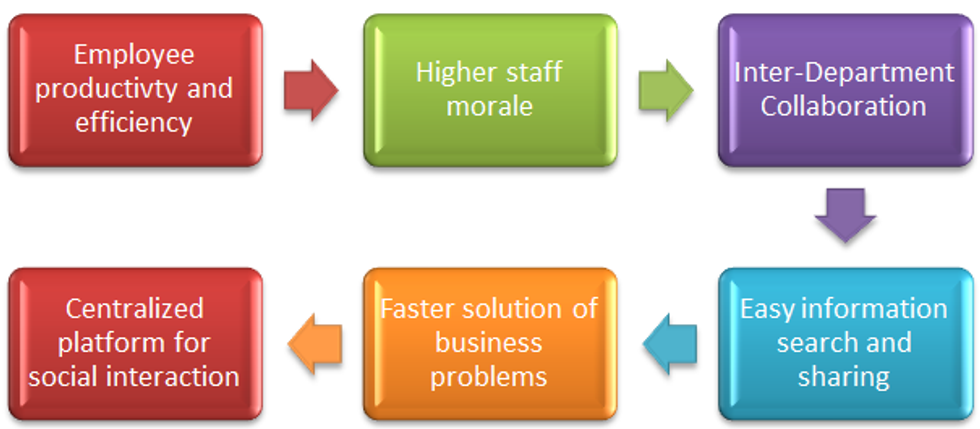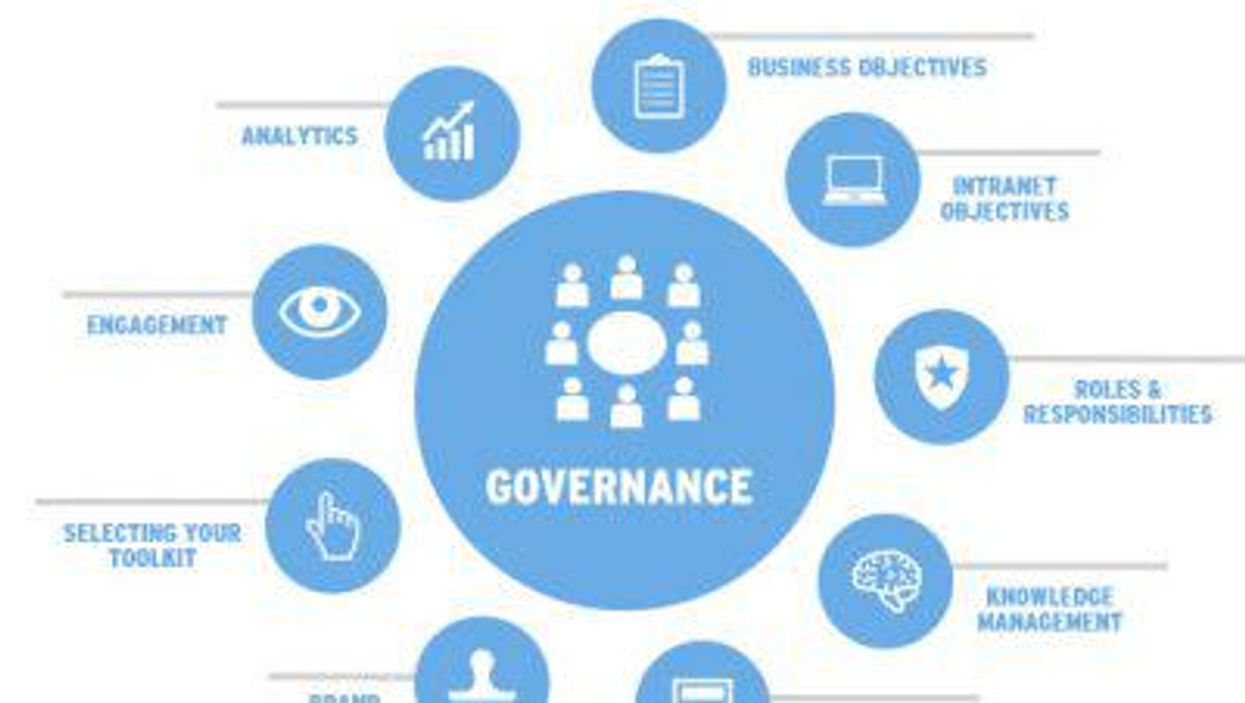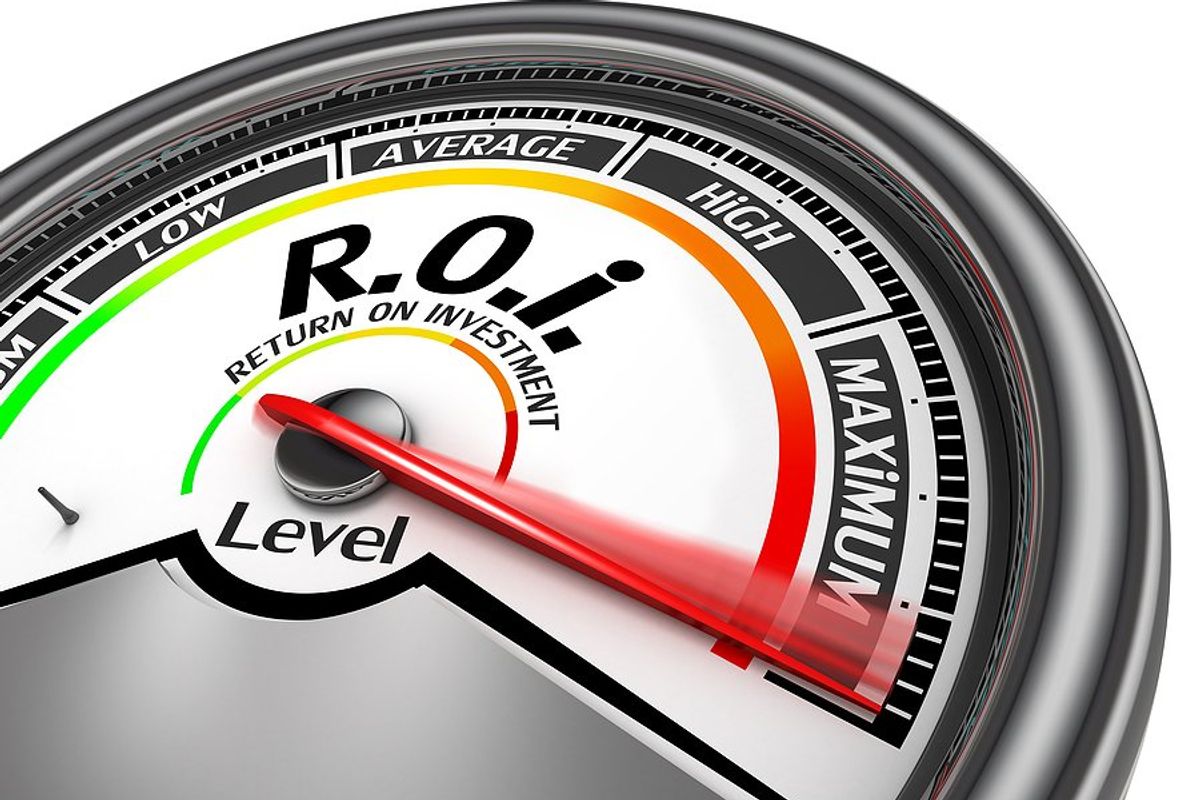AI has made its way through several industries in the past few years, revolutionizing how jobs work. The field of statistics is no exception. Not only has the statistics-related job market changed, but its relevant education is also leveraging technology and AI to its advantage. Online statistics programs are gaining popularity rapidly, and you can find dozens of programs if you want to complete an applied statistics masters online. In this article, we ll examine how AI has reshaped traditional statistical jobs and produced ones with unique possibilities.
AI and Statistical Jobs
Here is how artificial intelligence is making its way into statistics-related careers:
- Automation
AI algorithms, even the simplest ones, can handle repetitive tasks efficiently with increased accuracy. Statisticians can now assign monotonous, routine tasks to AI and machine learning algorithms and get them done much more quickly. This leaves them with time to focus on the more complex aspects of data analysis and ensure these repetitive tasks are free of human error.
- Predictive Analytics
AI models can analyze vast amounts of data and can identify trends and patterns that can be used to make conclusions. This can be particularly useful in statistics as it helps identify correlations between datasets and determine their statistical significance. AI can also forecast future trends by analyzing a long history of patterns much faster and more accurately than humans ever can.
- Data Interpretation
AI can also tailor statistical analysis to your specific needs. That means you can develop your personalized data interpretation technique, and AI will use that to conduct your data analysis. This approach enhances your data analysis and produces statistical insights that can be invaluable to the industry you re analyzing them for.
Ethical Considerations
As AI makes its way into statistics, several ethical considerations take root concerning the extent to which AI should be depended.
- Bias
AI models are susceptible to bias in the data they use for their training. So, before a model implementation on large amounts of data, it s a good idea that statisticians test multiple possible use cases to identify and eliminate any bias the model has due to the data it already trained on.
- Algorithmic Accountability
As AI becomes a more significant part of the statistics world, statisticians must pay attention to how well the model performs and output quality to keep the algorithm in check. The model should also change depending on any discrepancies or drastic statistical events that can affect it. Otherwise, it would not be producing the right results. Staying on top of maintaining the algorithm is just as important as its initial implementation.
- Explainability and Transparency
Another issue that arises relates to how opaque some AI models can be. That makes it difficult to trust them in the decision-making process. Statistics demands that these models be as transparent as possible to foster accountability and make them easy to interpret.
Endnote
AI in statistics is reshaping statistical jobs. By automating mundane tasks and using predictive analytics and data analysis algorithms, statisticians now have more time to focus on the more complex aspects of statistical analysis. While their job market will shrink, statisticians have new roles now to make sure AI models are free of bias, transparent, and modified with any change in the field of statistics. As statisticians embrace their new role, they can make the statistical decision-making process much more efficient than before by using AI as their helping hand.









